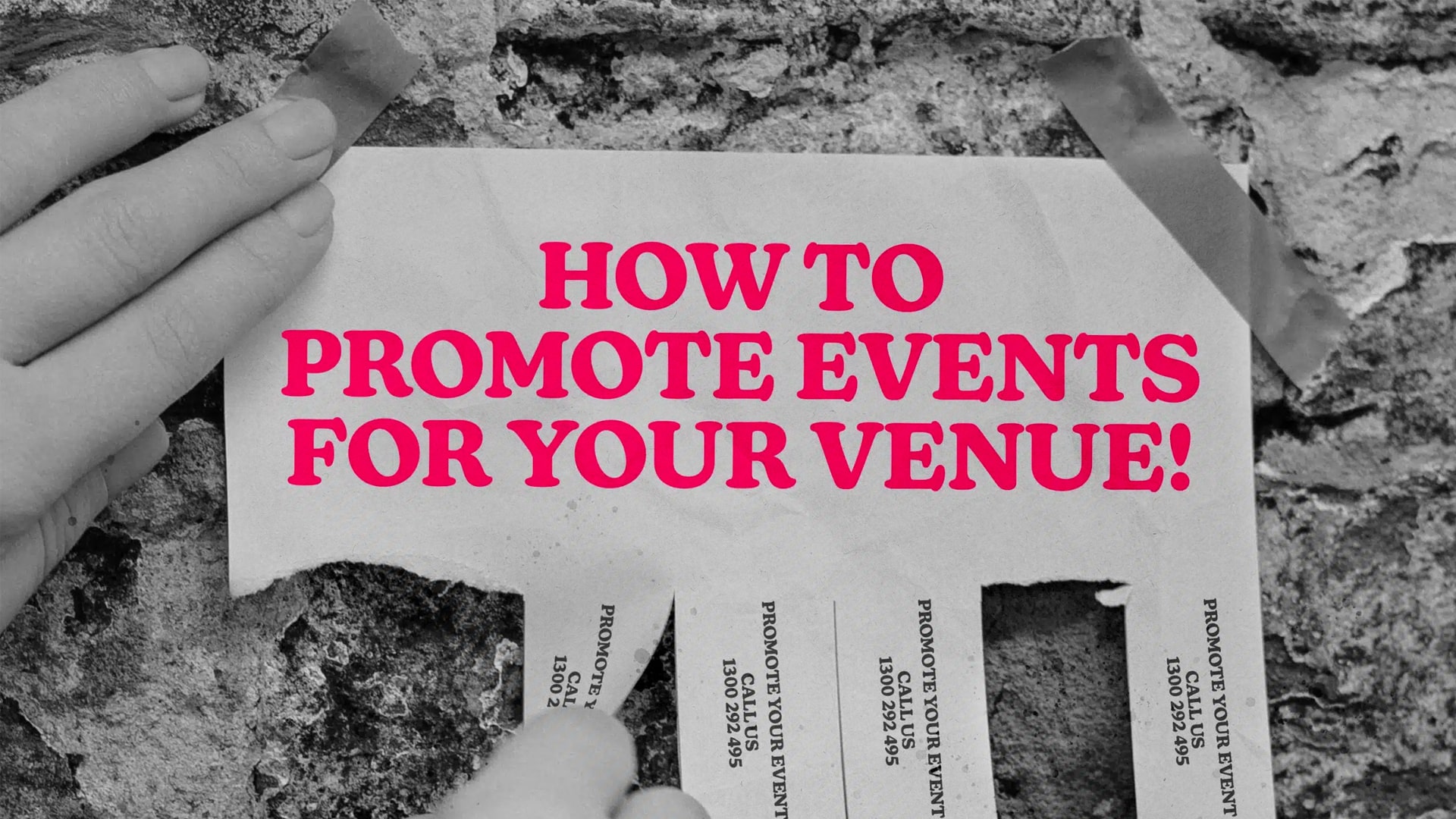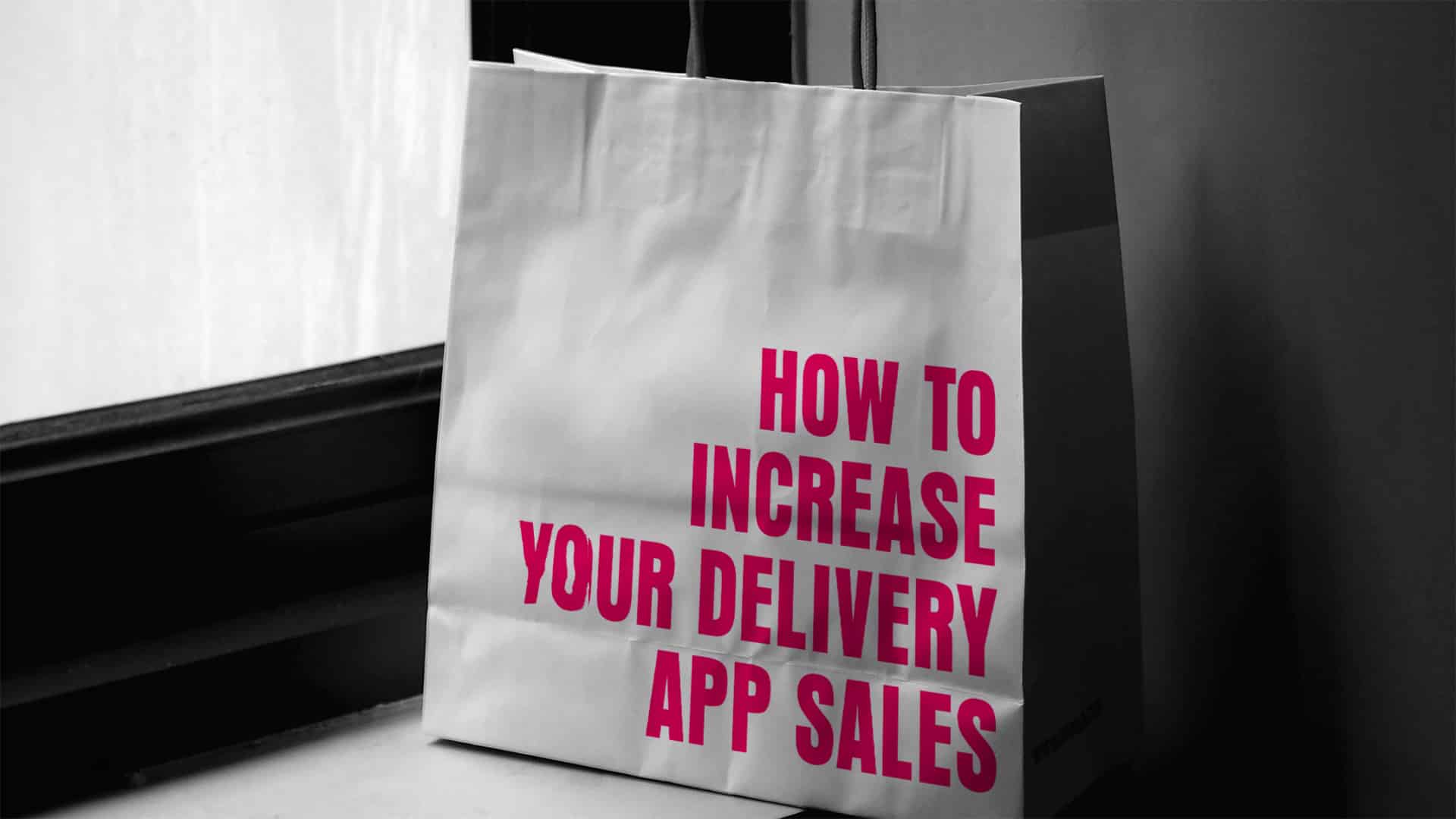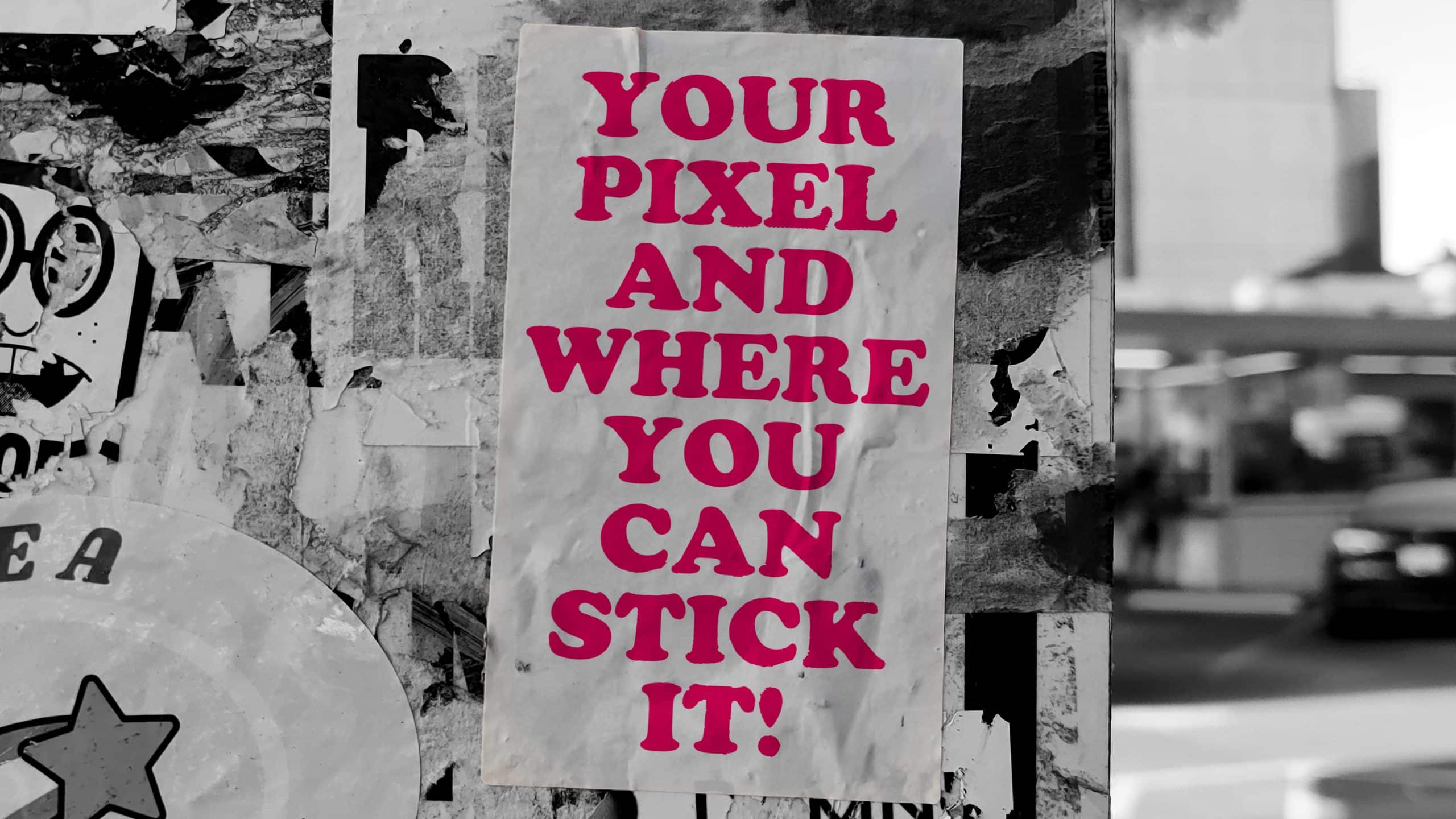Why aren’t my events always a success?
We’ve witnessed a common stumbling block among hospitality venues when it comes to setting up promotions: a lack of foresight and market research. We’ve boiled this down to a crucial factor—objectivity. Too often, an idea is cooked up, launched half-baked, and then disappointingly gains no traction.
This failure stems from various factors such as insufficient lead time for event advertising, lack of creative assets for campaigns, unattractive offerings, poor-quality products, and inadequate information on event pages and booking platforms. And with 72% of restaurants saying that special events have a positive impact on their revenue, it’s important to get things right!
Our perspective is simple: to maximise your event’s success, follow a checklist to ensure all bases are covered. We’re not here to dictate how to run your business, but rather to guide you toward market success.
1. Thorough Market Research:
- Understand your target audience’s preferences and expectations.
- Analyze competitors’ promotions and pricing strategies.
- Gather feedback from previous events to refine your offerings.
2. Clear Objectives:
- Define clear, measurable goals for the promotion, such as increasing foot traffic, boosting sales, or enhancing brand awareness.
3. Adequate Lead Time:
- Plan and promote your event well in advance to build anticipation and generate buzz.
- Utilize both organic and paid advertising channels to reach a wider audience.
- We recommend no less than 2 weeks for paid campaigns to ensure adequate results.
4. Compelling Creative Assets:
- Invest in visually appealing graphics, photography & videography, and promotional materials to capture attention and convey the value of your promotion.
- Ideally, you would have a mixture of social + print assets created to reach patrons within your venue as well as online.
5. Competitive Offerings:
- Ensure your promotion offers unique value propositions and competitive pricing to attract diners.
- Regularly assess and adjust your offerings based on market trends and customer feedback.
6. High-Quality Products and Service:
- Deliver consistently high-quality products and service to exceed customer expectations and build loyalty.
- Avoid overpromising and underdelivering, as it can damage your reputation and deter repeat business.
7. Comprehensive Information:
- Provide detailed information about the event, including date, time, location, pricing, menu options, and any special requirements.
- Optimize event pages and booking platforms for easy navigation and seamless booking experiences.
8. Simplified Packages:
- Offer straightforward and easy-to-understand packages to avoid confusion and streamline the booking process for patrons.
9. Email Marketing:
- Utilise additional marketing platforms like email marketing to take advantage of guest lists, and increase overall conversion.
By following this checklist, you can increase your chances of hosting successful promotions and driving business growth. Remember, success in the market requires careful planning, execution, and ongoing refinement.



